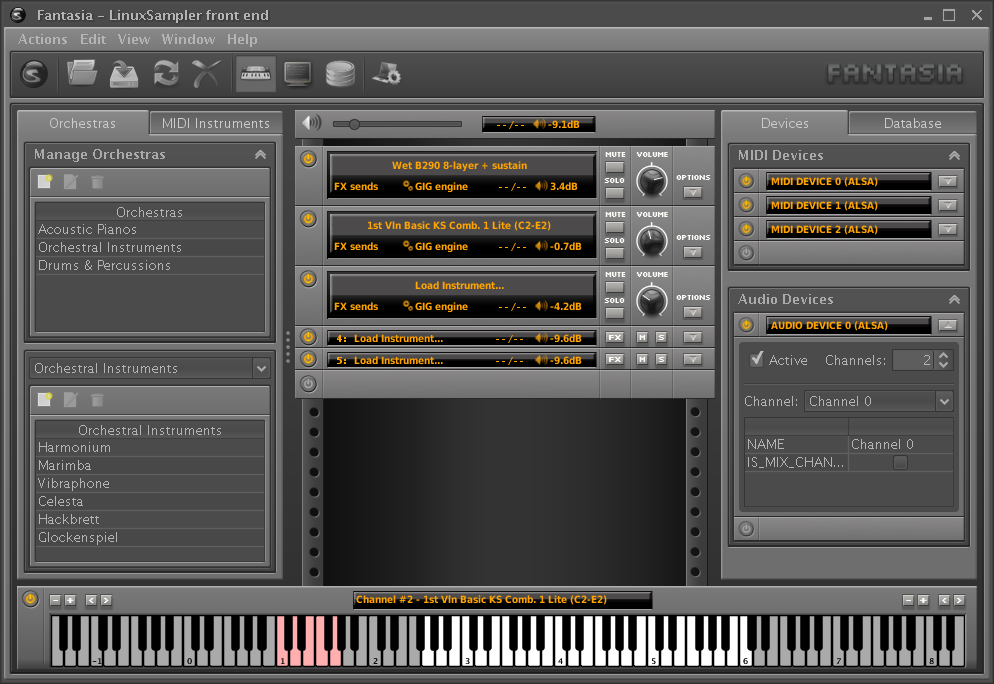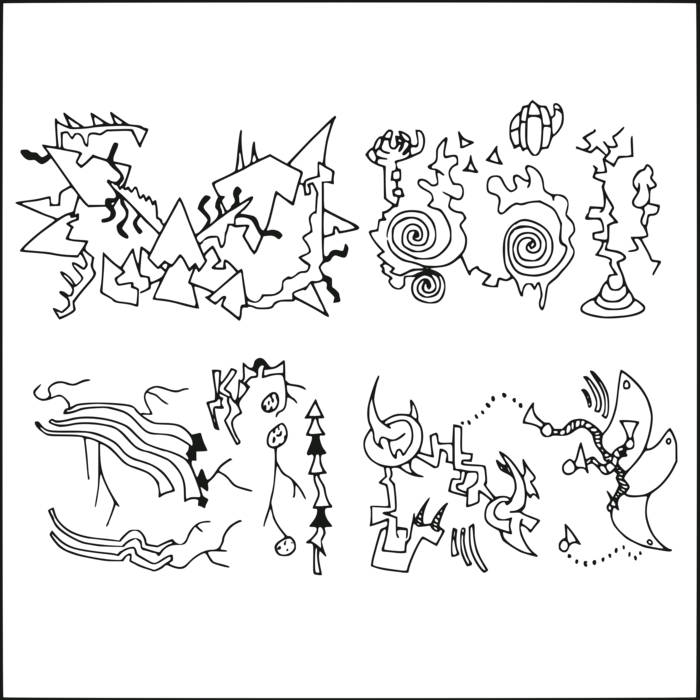

Ungvary's special interest is the exploration of the possibilities which are able to solve the obvious communication problems between computers and humans and to develop means of interpretation that already exist in the instrumental music.

Furthermore, Ungvary tries to provide the player with a sense of freedom through strange notations, but at the same time tries to force him to a very well-defined textual, structural and musical style and expression. Whenever Ungvary combines traditional instruments with computer sounds, he often directs the electronic versus instrumental sounds from a mergence into a supplementation.

Many of his works originate from the tension between static's and dynamics of the sound material. Ungvary's intention is to create music, that evokes an orchestral sound without the use of traditional musical instruments, but also without imitating the usual orchestra instruments. As a composer Ungvary was influenced by Györgi Ligeti, Iannis Xenakis and the Swedish computer music pioneer Jan W. Ungvary has held innumerable workshops and seminars in both Europe and the United States. Since 1972 Ungvary's compositions have been performed at the majority of the European and American festivals. After his arrival in Sweden, Ungvary's conducting activity continued together with a gradual transition to computer music composition and program development.

Studies and Diploma (1969) in conducting at the Mozarteum in Salzburg. Member of the Hungarian Philharmonic Orchestra, 1957-1967. Tamas Ungvary was born in Hungary in 1936 and has for many years lived in Sweden where he is currently responsible for the production, instruction and program development of computer music at The Electronic Music Studio (EMS) in Stockholm. Head Rhythm 1 and Plaything 2 - Maryanne Amacher: It's not yet adequately researched and clear as to whether these works are solely from otoacoustic emissions or perhaps also combination and difference tones.(wiki) Amacher composed several "ear dances" designed to stimulate clear "third" tones coming from the listener's ears. She worked extensively with the physiological (not psychoacoustic) phenomenon called otoacoustic emission, in which the ears themselves act as sound generating devices. Subsequently, she did graduate work in acoustics and computer science at the University of Illinois at Urbana-Champaign. While there she studied composition with George Rochberg and Karlheinz Stockhausen.
#HIGHC MUSIC SOFTWARE FULL#
Amacher left Kane to attend the University of Pennsylvania on a full scholarship where she received a B.F.A in 1964. As the only child, she grew up playing the piano. She worked extensively with the physiological (not psychoacoustic) phenomenon called otoacoustic emission, in which the ears themselves act as sound generating devices.Īmacher was born in Kane, Pennsylvania, to an American nurse and a Swiss freight train worker. (Febru– October 22, 2009) was an American composer and installation artist. And maybe it was a hint to put more women composes in this thread.


 0 kommentar(er)
0 kommentar(er)
